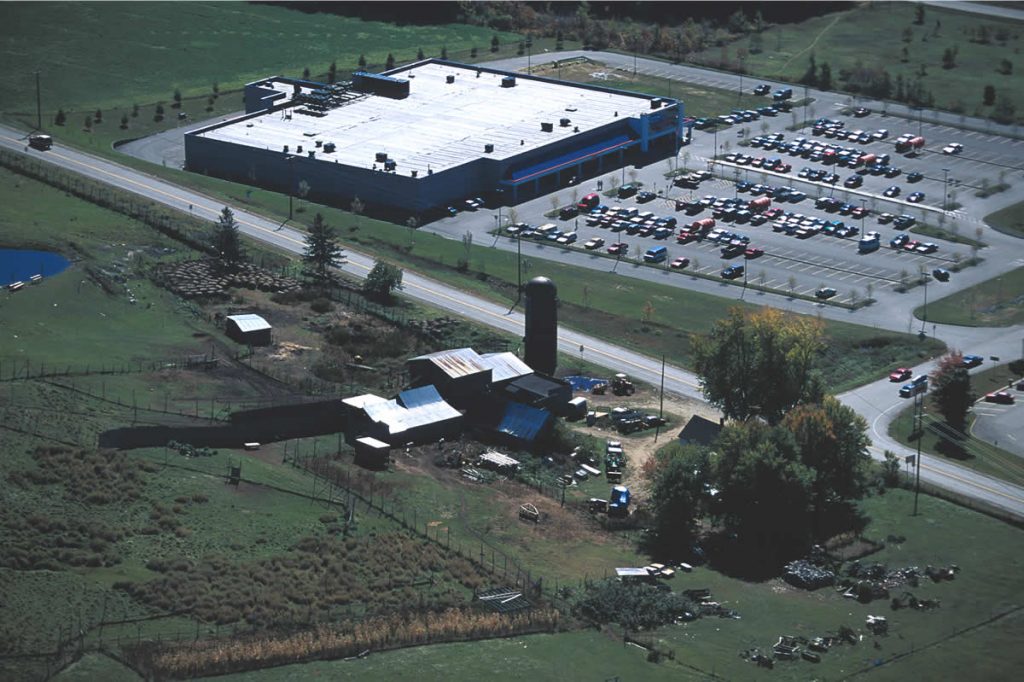In brief
A key aspect of zoning bylaws is the designation of different districts, or zones, and the designation of the types of development activities and land uses that are allowed in each district. Typically, there are two categories of allowed land uses: (1) those that may be issued a permit by the zoning administrator if they meet the dimensional and other specific requirements for the use and district; and, (2) conditional uses, which require the approval of the local board of adjustment or development review board. In Vermont, conditional uses may be allowed if the review board finds that they meet specific criteria included in statute, as well as any supplemental standards that the community has adopted.
Summary
Many communities have found that the conditional use review process can be a flexible regulatory tool for accomplishing a variety of community land use goals. At a minimum, it is an important tool for ensuring that certain uses – due to their scale, intensity or potential for external impacts – meet the five statutory criteria (§4414(3)) intended to ensure that the use does “not result in an undue adverse effect on … the following:
- The capacity of existing or planned community facilities.
- The character of the area affected, as defined by the purpose or purposes of the zoning district within which the project is located, and specifically stated policies and standards of the municipal plan.
- Traffic on roads and highways in the vicinity.
- Bylaws and ordinances then in effect.
- Utilization of renewable energy resources.”
Vermont statutes further stipulate that these standards “may be supplemented by more specific criteria,” including all of the Act 250 criteria, site plan review standards, performance standards, and “any other standards and factors that the bylaws may include.” The standards are applied by the local review board at a warned public hearing in which all neighboring landowners have been notified.

Given the broad authority granted to municipalities to shape conditional use review to address a vast range of community concerns, it is no surprise that it has been applied – often in tandem with overlay districts, conservation districts, and design review districts – as the primary tool for protecting such resources as farmland and wildlife habitat; as a way to impose basic design criteria; as a way to encourage energy conservation and/or renewable energy installations; and as a means of applying standards that may apply only to the unique circumstances found within a specific district.
Related Issues
Related Case Studies
Resources
Vermont Land Use Planning Implementation Manual: Zoning Regulations. This section of the manual provides more detailed information on conditional use review.
Vermont Planning Statutes. This link provides the legal framework for conditional use review as referenced in the Vermont Planning Statutes.




